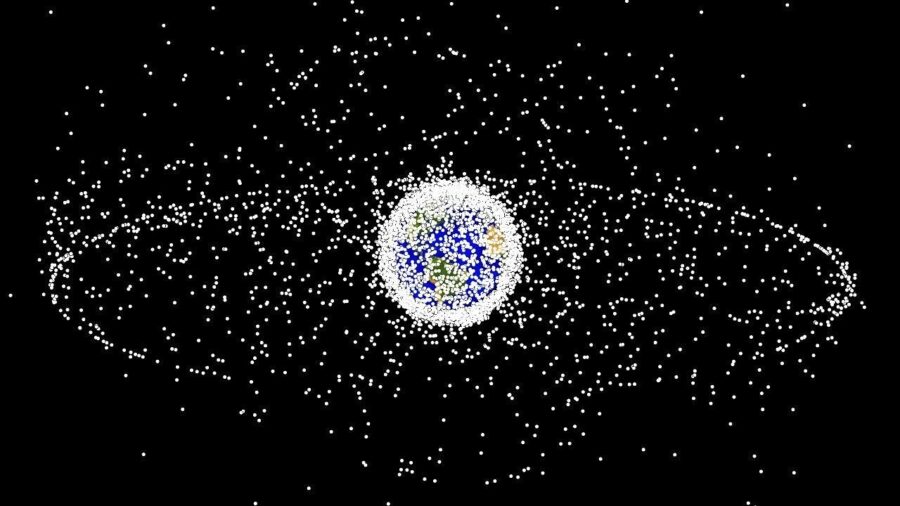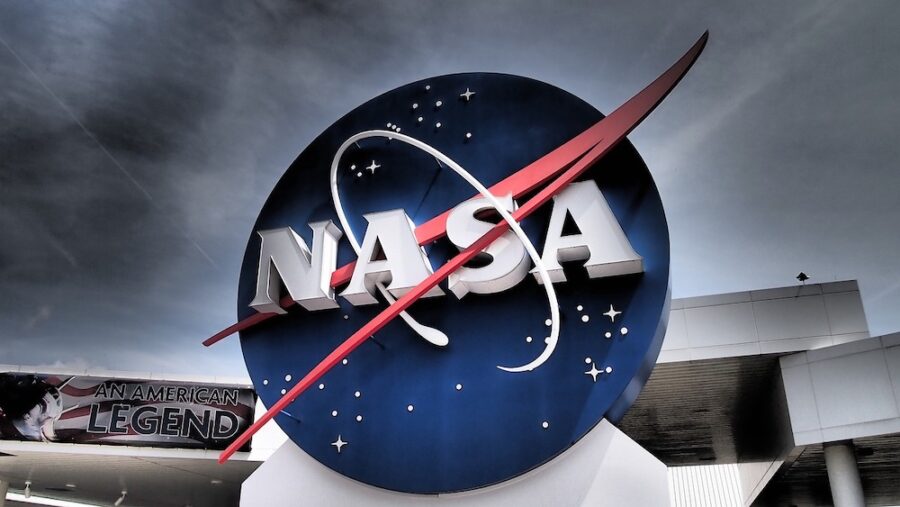NASA Removing Space Junk With Giant Trash Bags?

When parents give their children an allowance for chores like taking out the trash it’s usually a lot less $850,000. That’s the amount of the contract NASA just awarded space logistics startup TransAstra to do the very same chore—in space. According to the aptly named Space News, TransAstra was granted a Phase 2 Small Business Innovation Research contract for a plan to remove space junk using what amounts to giant trash bags.
The company intends to build an inflatable capture bag capable of collecting some of the over 27,000 pieces of space junk currently being tracked and monitored by NASA. TransAstra plans to first demonstrate here on Earth how the giant “bags” which use inflatable struts to open and close, can capture stray debris before taking their waste management solution to the stars.
NASA has given TransAstra a contract to remove space junk with capture bags similar to large trash bags.
TransAstra originally built a small capture bag in 2021 using NASA Innovative Advanced Concepts funding. The bag was initially built for “asteroid mining in low-Earth orbit” using a synthetic asteroid. It didn’t take long, however, for TransAstra to realize that the capture bag could also be used to remove potentially harmful space junk and transport it somewhere where it would no longer be a danger to anyone.
TransAstra founder and CEO called his company’s capture bag “The greatest thing ever or orbital debris cleanup.” That’s good news for astronauts. Even a tiny piece of space junk can whip around the Earth at more than 17,000 miles per hour. Traveling at that speed, even something as small as a paint chip would hit a spacecraft with the force of a shotgun shell.
TransAstra plans to develop a variety of different sizes for their capture bags. The smallest bags could retrieve minute debris like CubeSats—tiny nanosatellites that only measure 10 cm X 10 cm—while bigger bags could grab much larger space junk like spent rocket bodies or even, a “50,000-ton asteroid” according to Sercel. The TransAstra CEO also claims that capture bags offer a lot of advantages over NASA‘s current methods for cleaning up space junk.
How It Works
“It does not require docking, which is a precision maneuver,” said Sercel. With capture bags, the operator only has to be precise enough to open the bag, get the bag over whatever piece of space junk it’s trying to capture, and then close the bag. Capture bags also offer a high degree of maneuverability, which is important if the debris in question isn’t stationary.

If, for example, a difficult piece of space junk is spinning rapidly, the capture bag has the ability to spin at the same speed while traveling in order to match the trajectory of the object.
Plans to launch the bags using TranAstra’s Worker Bee spacecraft are already underway. Upon capture, the Worker Bee craft would then take the bag full of space junk to a proposed orbital recycling platform. The proposed platform comes courtesy of ThinkOrbital and will eventually measure 37 meters in diameter and carry tools for inspecting, repairing, and even recycling pieces of space junk.
Even a tiny piece of space junk can whip around the Earth at more than 17,000 miles per hour.
The hope is that if TransAstra is successful, it will usher in a new era of space cleanup that will help to advance not only space exploration but also eliminate any potential accidents involving space junk colliding with other spacecraft or even the Earth itself.












